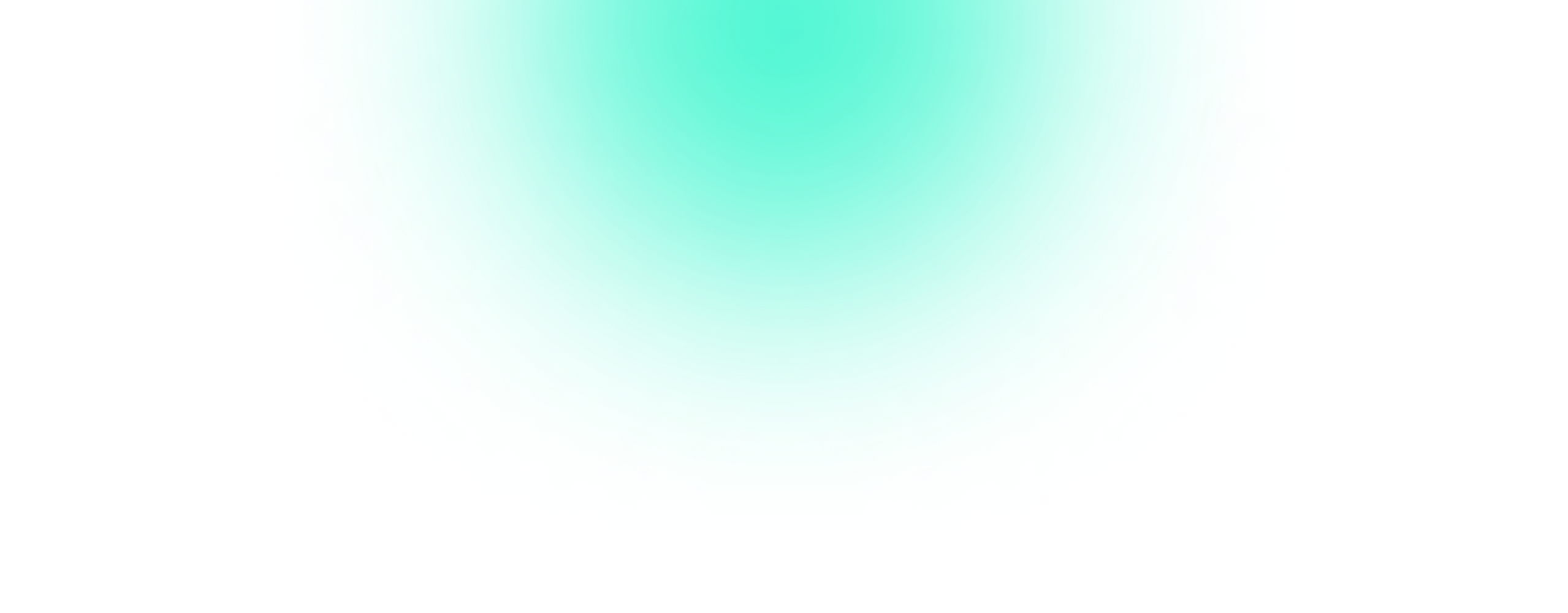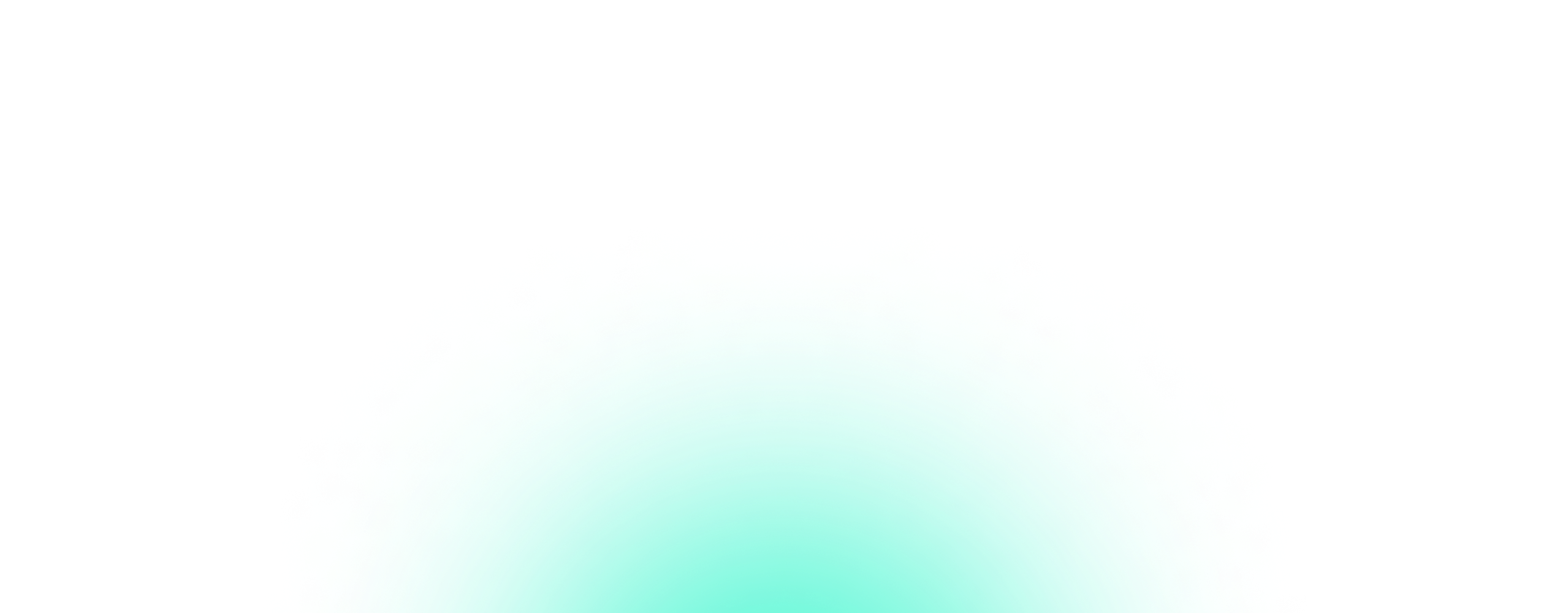A pay-per-click campaign is the best way for your brand to get some recognition on the digital space. Unfortunately, it’s not as simple as you may think. There’s a lot that you need to understand before you can come up with an effective PPC campaign, which is what we’ll be discussing in this article. Here’s our learner’s guide to PPC ads:
Understand Your Goals
Like any other type of marketing campaign, you need to have a defined goal of what you want to achieve. This is because each type of campaign requires a different setting, CTA, and target. For example, if you’re looking to increase sales, the position of the people in the sales funnel will be closer towards the end than those who are the target of a brand awareness campaign. They may have already been exposed to your ads before and only need a nudge in the right direction before they complete their purchase. For this reason, you need to know what must be accomplished with your campaign before investing in any PPC platform.
There are five main types of PPC campaigns:
- Brand awareness
- Product and brand consideration
- Leads
- Sales
- Repeat sales
We’ll go into detail about each different type of PPC campaign below:
1. Brand Awareness
Brand awareness is the first part of the sales funnel, which makes it one of the most integral of all. After all, it’s the part where people first learn about your brand. The goal of the brand awareness campaign is to create a lasting first impression of your brand in the mind of the audience. When buyers have to make a decision between two products, they are more likely to buy from the brand that they know.
The issue with brand awareness PPC campaigns is that they can be rather hard to optimize when it comes to the actions and cost-per-click, as it can be hard to define what is the preferred action for this type of campaign. This has caused some businesses to retreat to simple actions such as clickthrough rates, which can cost considerably more if you don’t optimize them well. The key is to use smart negative keywords to narrow your target audience down to a much more refined and effective group.
2. Product & Brand Consideration
Once your audience has been exposed to your brand, the next thing to do is to entice them to consider your products. This can be done in many ways, as you may have seen many different Google Shopping ads that pop up when you look up something along the line of “home electronics” or “training shoes.” The best approach to this stage is to run remarketing campaigns with banners and responsive ads so that the audience gets as much reexposure to the products as possible. If they have the intention to buy these products, they will be more likely to convert in the future.
3. Leads
Lead generation is a crucial part of any online business. It helps a brand to grow its audience base so that they can find more high-potential prospects and get in touch with them to motivate conversion.
There are several different types of CTAs that you can use for a lead generation campaign, from signing up to your newsletter and booking a free consultation to requesting a demo. You will need to choose your CTA according to your business plan, as that’s the only way to ensure that you’re making the most of your lead generation campaign.
4. Sales
When you’re looking to make sales and conversions, you will need to know your target audience and what they expect from your business. This means that they may use the model number, shop name, discount for your stores, and more. You will need to focus on these keywords and ad extensions to ensure that you attract as many buyers as possible. Then, have them put their emails in their purchase form so that you can use it for remarketing purposes as well, which brings us to our next point…
5. Repeat Sales
As mentioned, since you will already have the data and analytics from your PPC campaign, combined with the ad extensions you have installed, you will have the opportunity to make more repeated, cross, and up-sales.
When you’re designing a repeat sales PPC campaign, you will need to know the specs of your products along with the tendencies of the buyers. For example, imagine that your product is expected to last around three to four months and most buyers tend to buy more at that point. You can use your purchaser list to track which client bought those products last and when it’s expected to run out. This will ensure that you get more sales consistently at that point in time.
If you’re looking for a digital agency to help you with your PPC campaign, Discovery Design is your best option. Get in touch with us today to see how we can help.








